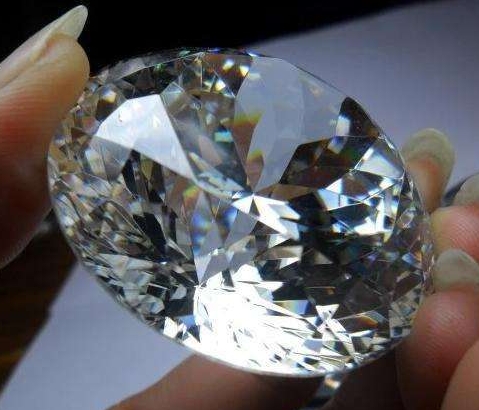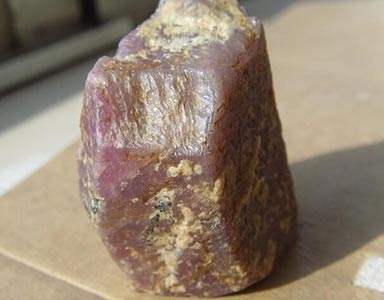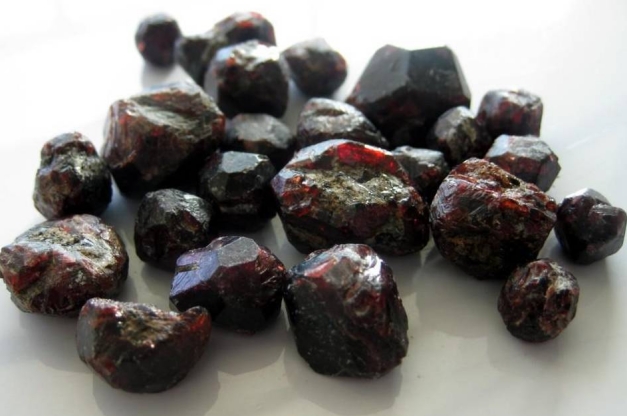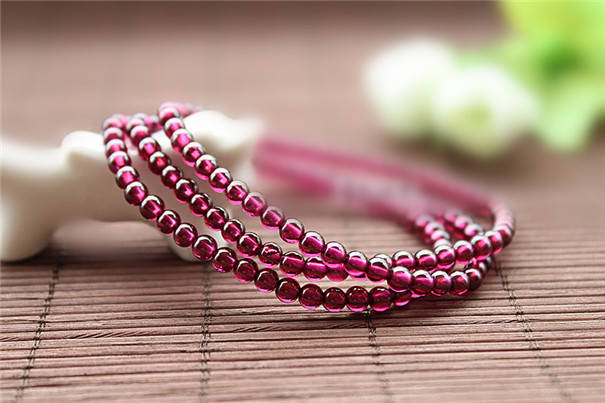- 18
- Oct
Classification and performance of aluminum-magnesium spinel?
Classification and performance of aluminum-magnesium spinel?
The special properties of magnesium-aluminum spinel, such as slag corrosion resistance, good thermal shock resistance and high high temperature strength, make it widely used in refractory materials for steelmaking. The preparation of high-quality pre-synthetic spinel provides new raw materials for the production of amorphous and shaped high-purity refractories.

The two main methods for synthesizing spinel are sintering and electrofusion. Most spinel materials are made of high-purity synthetic alumina and chemical-grade magnesia, which are sintered in a shaft kiln and electro-melted in an electric arc furnace. The advantage of sintered magnesia-aluminum spinel is that the process is a continuous ceramization process, which controls the feeding speed and balanced temperature distribution in the kiln, resulting in a very uniform crystal size of 30-80μm and low porosity (<3%) The product.
The production of magnesium-aluminum spinel by the electrofusion method is a representative batch operation. The large casting block needs to extend the cooling time. The cooling of the casting block leads to uneven microstructure. Due to the faster cooling, the outer spinel crystals are smaller than the inner spinel crystals. The low melting point impurities are concentrated in the center. Therefore, it is necessary to sort and homogenize the fused magnesia-aluminum spinel raw materials.

Another advantage of using high-purity raw materials to produce aluminum-magnesium spinel is the low impurity content in the aluminum-magnesium spinel aggregate (MgO A1203>99%), especially the low content of SiO2, which makes it have good high temperature performance. Bauxite-based spinel is not as good as synthetic alumina-based spinel, and can only be used in parts with low requirements for corrosion resistance and high-temperature strength.
Magnesium-rich (MR) aluminum spinel:
The presence of trace periclase in the magnesium-rich aluminum spinel affects the characteristics and applications of the spinel. Since the magnesia-rich spinel MR66 does not contain free alumina, the spinel will no longer generate spinel after being added to magnesia bricks and will expand in volume. The use of magnesia bricks with MR56 in cement rotary kilns can significantly change Thermal shock resistance and can replace chrome ore. The mechanism that changes the thermal shock resistance is that spinel has lower thermal expansion than periclase.
The trace amount of MgO in MR66 affects its application in water-bearing materials, such as castables. Due to the hydration of periclase, brucite (Mg(OH)2) may be produced, which will cause the volume of the cast block to change and cause cracks. Magnesium-rich aluminum spinel can be used in cement kilns, especially in tuyere and high temperature zones.

Aluminium-rich (AR) magnesium spinel:
The refractory produced by rich aluminum-magnesium spinel is used the most in steel production. Two main characteristics increase the application of aluminum-magnesium-rich spinel: it can improve the high-temperature strength and thermal shock resistance of the material, and the corrosion resistance of steel slag. The addition of high-purity aluminum-magnesium-rich spinel to alumina castable significantly changes the high-temperature strength.
The spinel content in aluminum-magnesium spinel refractories is generally 15%-30% (corresponding to 4%-10% MgO). Recent studies believe that in the fired Al-Mg spinel refractories for ladle, low-silicon (<0.1% SiO2) compared with high-silicon (1.0% SiO2) Al-Mg spinel bricks can reduce the life of the ladle by 60%. This proves that the ideal performance can only be placed on high-purity synthetic materials.

The comparison between pre-synthesized magnesia-aluminum spinel and in-situ formation of magnesia-aluminum spinel:
Generating spinel in situ in the castable can reduce production costs, but this method also has disadvantages. When alumina and magnesia react to form spinel, there will be obvious volume expansion. According to the theoretical calculation of relatively dense structure, the volume expansion can reach 13%, but the actual volume expansion is about 5%, which is still high , Can not avoid the occurrence of structural cracks. Silicon powder additives (such as silicon powder) are often used to promote liquid phase sintering and allow some local deformation to inhibit volume expansion. However, the relative high temperature strength of the remaining glass will have a great impact.
